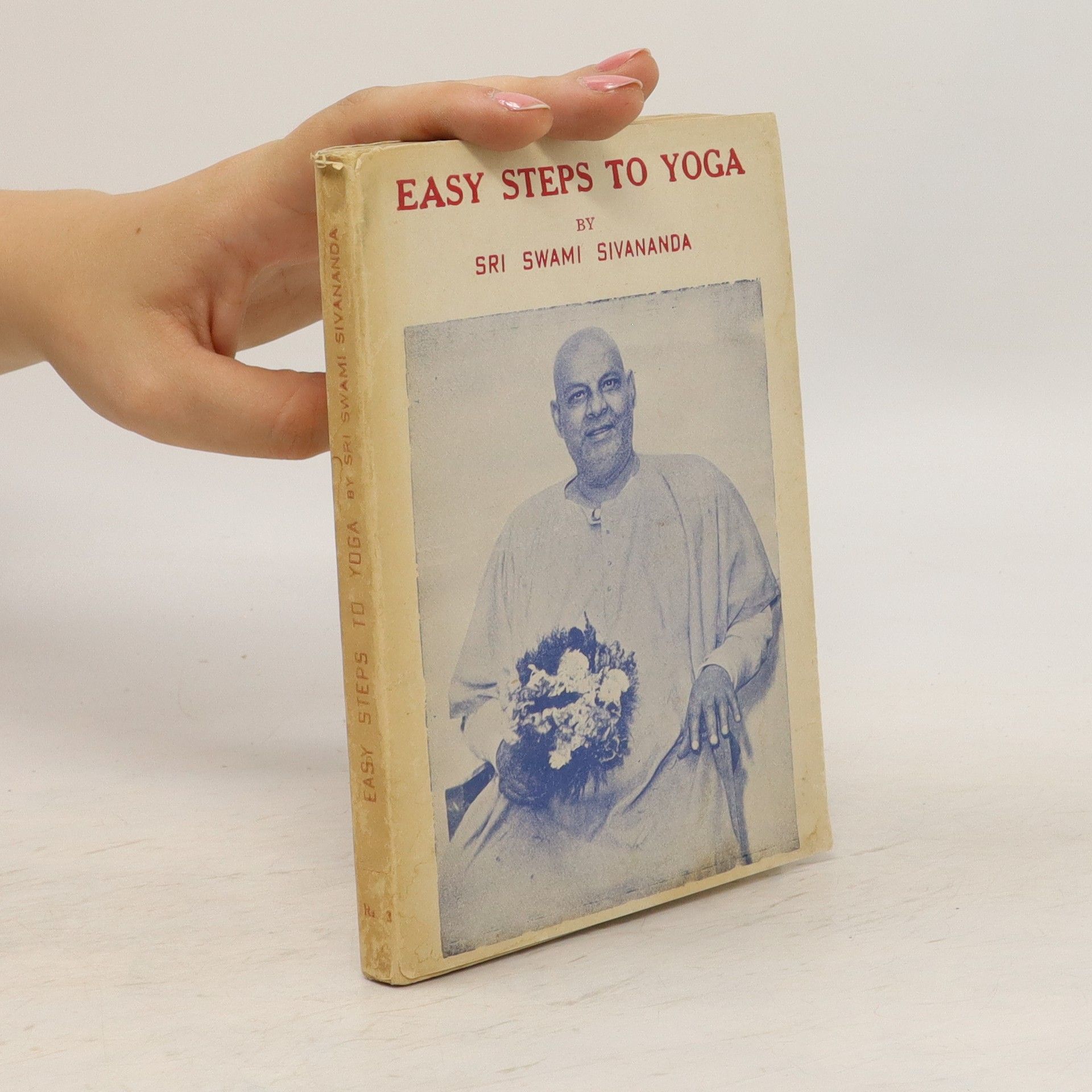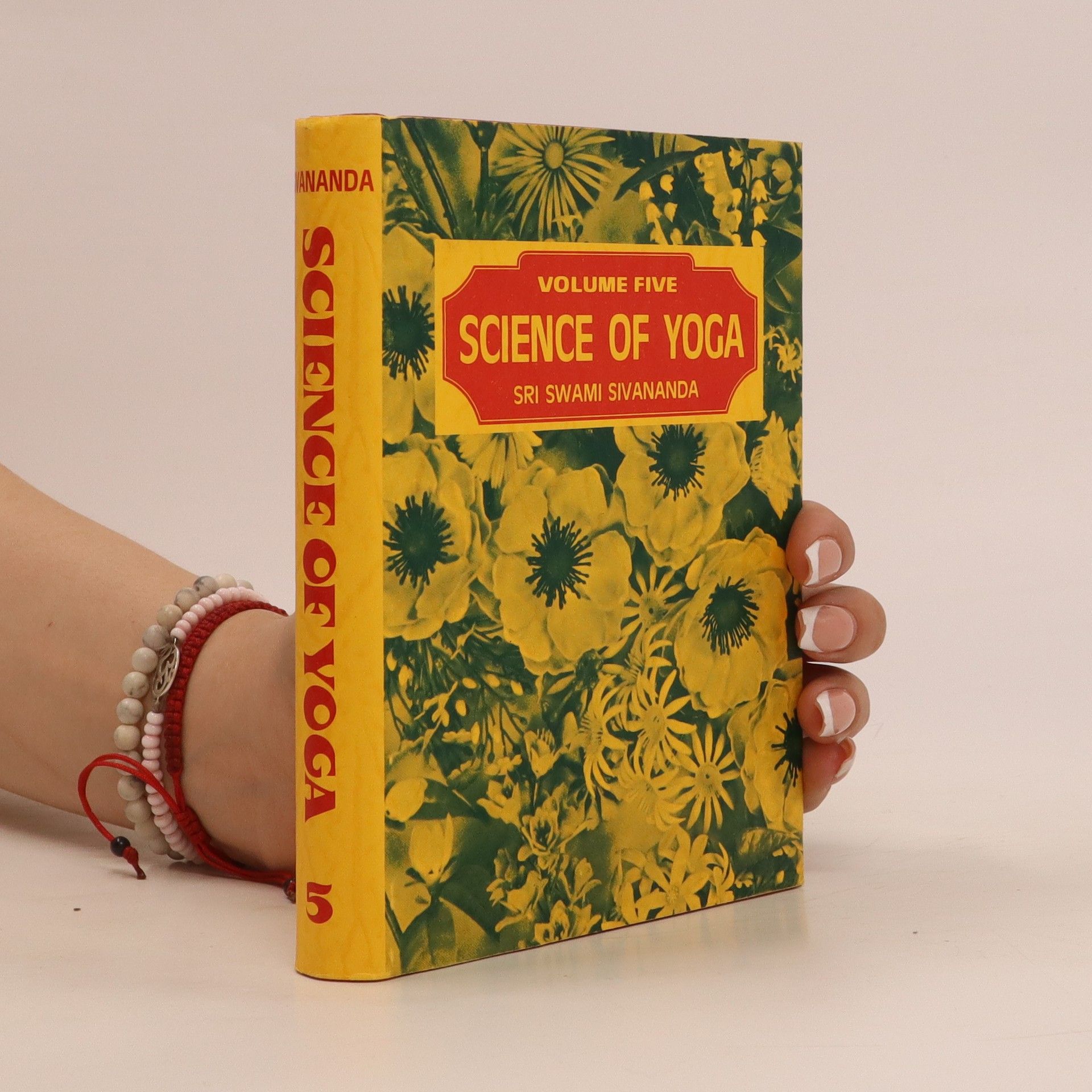A lead science writer for The New York Times—and lifelong yoga practitioner—examines centuries of history and research to scrutinize the claims made about yoga for health, fitness, emotional wellbeing, sex, weight loss, healing, and creativity. He reveals what is real and what is illusory, in the process exposing moves that can harm or even kill. A New York Times bestseller. The Science of Yoga draws on more than a century of painstaking research to present the first impartial evaluation of a practice thousands of years old. It celebrates what’s real and shows what’s illusory, describes what’s uplifting and beneficial and what’s flaky and dangerous—and why. Broad unveils a burgeoning global industry that attracts not only curious scientists but true believers and charismatic hustlers. He shatters myths, lays out unexpected benefits, and offers a compelling vision of how the ancient practice can be improved.
Swami Sri Sivananda Bücher






The Science of Pranayama
- 124 Seiten
- 5 Lesestunden
Body positions typically associated with the practice of Yoga are intended primarily to restore and maintain a practitioner's healthy well-being, and improve the body's flexibility and vitality. These are widely known as Yoga postures or Yoga positions, which is currently practiced for exercise and as popular alternative medicine. Yoga primarily works with the energy in the body through the science of pranayama or energy control. Yoga teaches how to still the mind through breath-control and thereby attain higher states of awareness and wellness. The teachings in this book show the yogi or yoga practitioner how to unleash this harmony within one's self. Full of illustrations and photograhs which bring the text to life.



